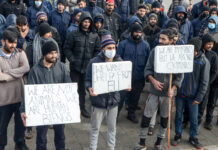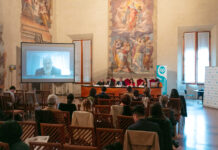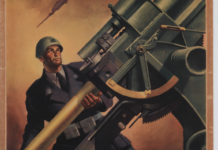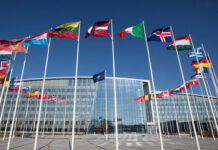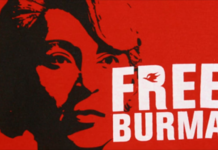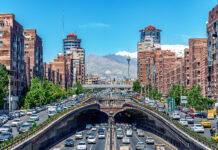Latest Developments
In January 2022, the dialogue was resumed between the Thai government and the main Muslim rebel group fighting in the south of the country, after the Covid19 hiatus. In the same week, Bangkok decided to purchase four fighter jets starting from the next fiscal year: on a staggering budget of 13.8 billion baht ($413.67 million).
The third COVID-19 wave, which between April and June 2021 killed ten times more people than the previous two waves, broke what was left of the myth that feeds the Thai establishment: the myth of inviolability, which is almost a supernatural stigma. Even if the numbers are relatively modest compared to those registered in Western countries, the COVID-19 pandemic aggravated the crisis that impacted the second-largest economy of the ASEAN for approximately 15 years and which was institutionalised on the 22 May 2014, when General Prayut Chan-o-cha took power with a coup. This power is still in his hands as he is the Prime Minister of a “civil” Government: in Southeast Asia thus occurs yet another manifestation of a “limited democracy”, also called kakistocracy, i.e. a uniformed aristocracy.
The coup, the monarchy, the crisis and the epidemic represent what has been defined as a “critical interregnum” in an essay edited by Pavin Chachavalpongpun, one of the main representatives of the Thai dissent. Even so, because of one of the paradoxes that rule the Thai politics, the situation seems to be heading toward a chaotic balance until the next elections of 2023. Furthermore, the new king Maha Vajiralongkorn is not as appreciated as his father Bhumibol, but he has managed to concentrate power in his hands which his father never had (including the control of the crown’s patrimony and the troops that supervise Bangkok). The youth movement, which seems to draw inspiration from the Milk Tea Alliance groups, formed by the netizens of Hong Kong and Taiwan (which are countries, like Thailand and Myanmar, where tea is mixed with milk, unlike China), is limited by the COVID-19 pandemic, the repression and the internal divisions between “libertarians”, neomarxists and anti-monarchists. The strongest opposition party, i.e. Future Forward, for which its success at the 2019 elections raised hopes for a season of change, did not show a true resistance after the dissolution by the government. The protagonists of the incredible street demonstrations of 2010 (which have since brought about the 2014 coup), namely, former Prime Minister Thaksin Shinawatra’s Red Shirts, deposed by the coup of 2006, could lead to a change in the scenario if they decide to join the youth movements. However, they have also been blocked by the COVID-19 pandemic, both due to the rules aimed at avoiding the spread of the virus (from gathering bans to curfews) and for fear of a virus that would find a country totally off guard. This may change if the people’s rage due to poor management of the epidemic overcomes their fear.
In terms of real conflicts, Thailand is engaged in the southern provinces, where the army has been fighting the secessionist movements deriving from the Islamic outbreak since 2004. After more than 7,000 deaths and several agreement attempts, the situation has once again stalled. The main hazard is on the western front, along the borders with Myanmar, where the Ethnic Armed Organisations, the ethnic militias, the Tatmadaw and the Burmese army fight each other. Until June, the flow of refugees towards Thailand was kept under control: if bombings and armed fights rise in number, the same flow would be uncontrollable. Moreover, if the ASEAN decided for a peacekeeping intervention, Thailand would find itself in the paradoxical situation of directly fighting against a government like the Burmese army, which has always stated that it draws inspiration from the Thais.



